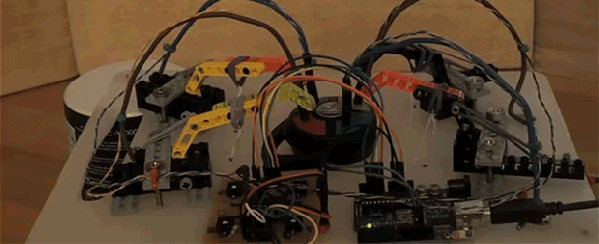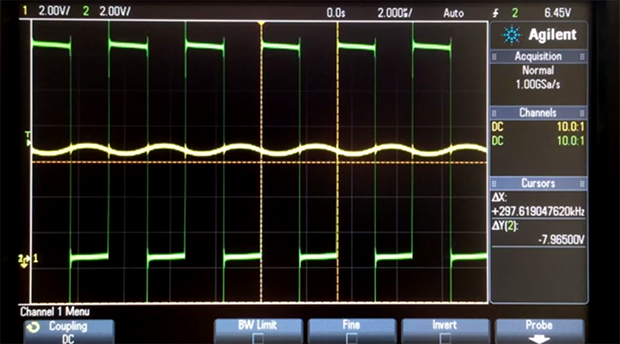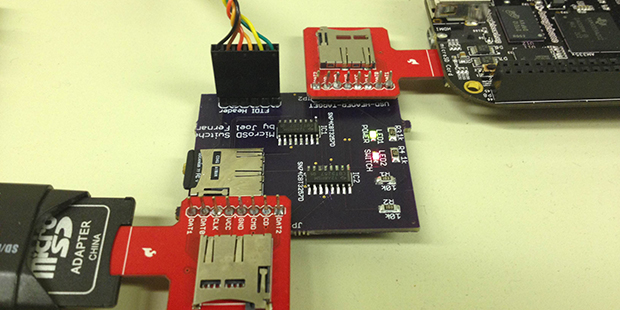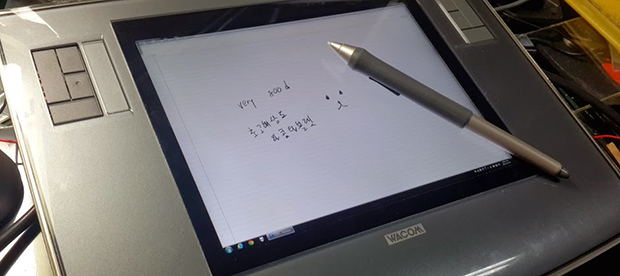Virtually everyone has played Simon, that electronic memory game from the 70s, but who among us has actually beaten it? That was the goal of [Ben] and his 7-year-old daughter, and after a year of work, an Arduino, some servos, and a few Lego bricks, they’ve finally done it.
Instead of the large original Simon, [Ben] is using a key chain version of the game: much smaller, and much easier to build a device to sense the lights and push the buttons. The arms are made from Lego bricks, held up with rubber bands and actuated with two servos mounted on a cutting board.
To detect Simon’s lights, [Ben] connected four phototransistors to an Arduino. The Arduino records the pattern of lights on the Simon, and activates the Lego arms in response to that pattern. [Ben]’s version of Simon has only a maximum of 32 steps in the final sequence, but that still means each game takes 528 button presses – and a lot of annoying beeps – to complete.
Videos below.






 CRTs are the king of displays for any homebrew project. They have everything – high voltages, high vacuums, X-rays, and the potential for a vector display – that makes a project exude cool. Getting an old CRT up and running, though, that’s another story. Never rear, because now
CRTs are the king of displays for any homebrew project. They have everything – high voltages, high vacuums, X-rays, and the potential for a vector display – that makes a project exude cool. Getting an old CRT up and running, though, that’s another story. Never rear, because now 










